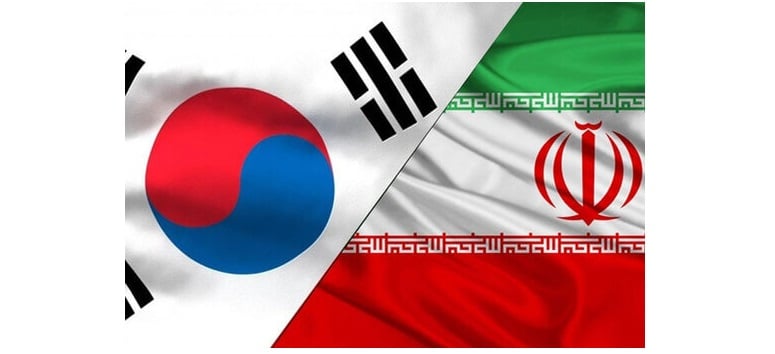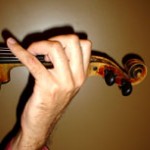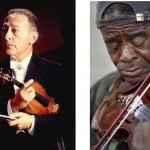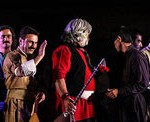
Translated by Mahboube Khalvati
In response, it should be said that it is better for the national anthem of a country to use the musical material exclusive to that country; however, some problems might come up in doing so the most important of which include: lack of familiarity of other countries’ music performer with the concerned country’s specific music intervals and special musical technique; and secondly, the strangeness of that music to the foreign listener.
These two very important problems have nowadays caused the national anthem of most countries in the world, including our country Iran, to feature a series of clichés, namely:
- The anthem’s duration: about one minute;
- Mode: Major;
- Meter: simple beat pattern (march beat pattern);
- Polyphony: Tertian Harmony;
- Orchestra and choir characteristics: Symphony orchestra with male and female choir in monophonic form. (It is worth mentioning that recently, the Iranian national anthem broadcasted from the media lacks the women’s choir for unknown reasons);
- Melodic characteristics: the melody begins with a dominant ascending movement to the tonic with a magnificent beat accompanied by wind-brass and percussion instruments; the middle features with a piano nuance and constant movements of melodies, the end a glorious descend with powerful accompaniment of percussion and wind-brass instruments featuring a forte nuance.
The above-mentioned six characteristics exist in most national anthems worldwide. The existence of these elements is behind the existence of a series of cliché and similar national anthems around the world, which of course can be understood and performed by music performers and audiences.
Apart from the issues mentioned, the other similarities between the two national anthems in question (Iranian and South Korean anthems) are only related to a few final tones at the end of the musical phrases of these anthems, which certainly cannot be an example of “plagiarism”; otherwise, on the same ground, we should consider that many of the works of great classical composers are copied from each other!
In Iran, we have a mode similar to major, which we call Mahour, but some countries in the world do not have such a mode in their folklore and national music. If the South Korean national anthem, was not drawn on Western music and was not driven from Korean folk music, it would most probably have sounded very strange and probably impossible to perform for music performers in the Middle East and the West.
It can be said that Bahman (Hassan) Riahi, the creator of outstanding works of Iranian symphonic music such as “The Iranian Suite”, could have composed a better melody for Iran’s national anthem compared to what we hear today; though, having listened to other countries’ national anthems and become familiar with the repetitive elements in these songs, the author thinks it would be extremely unfair to claim that Iran’s national anthem “is a copy”.








